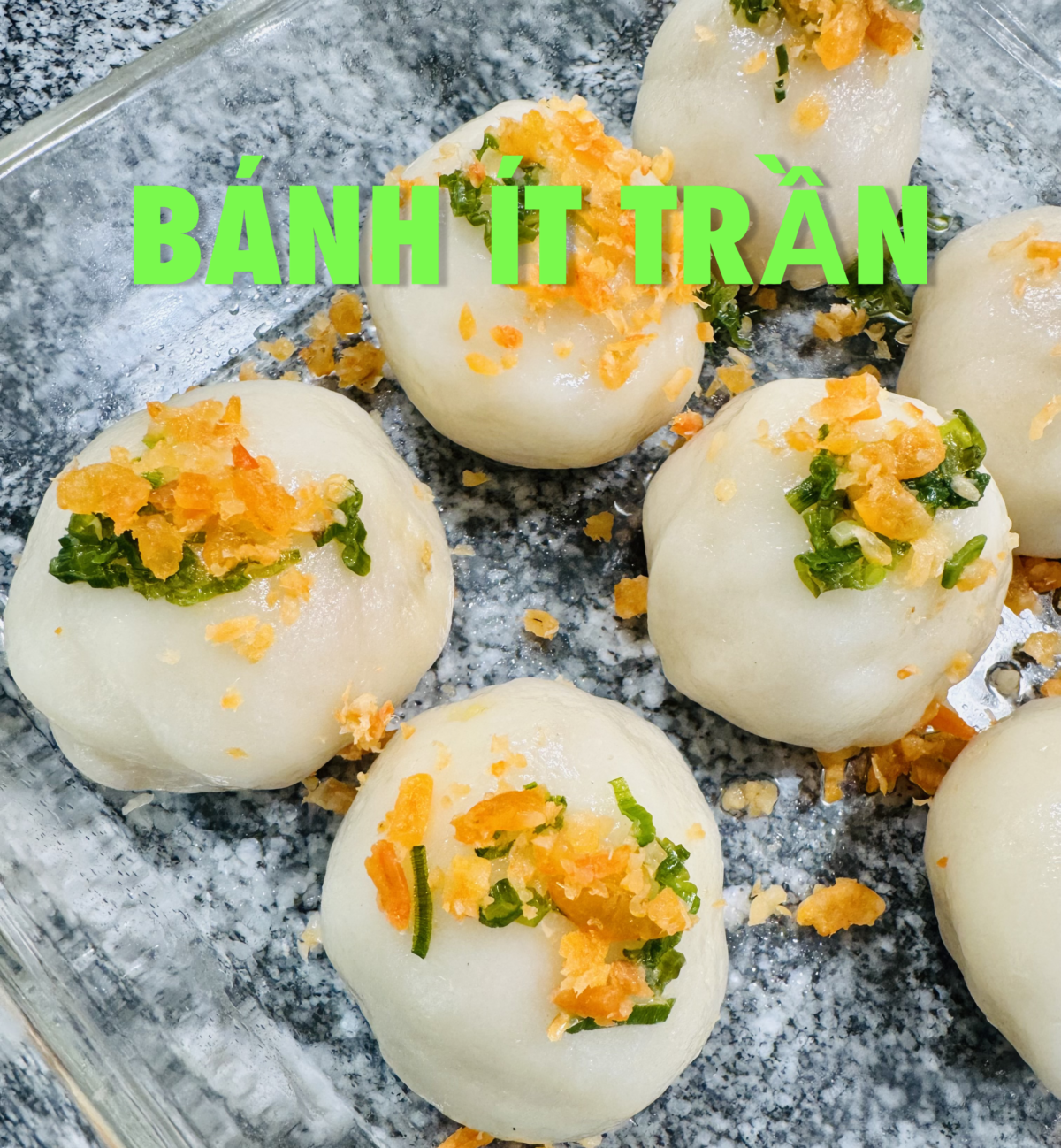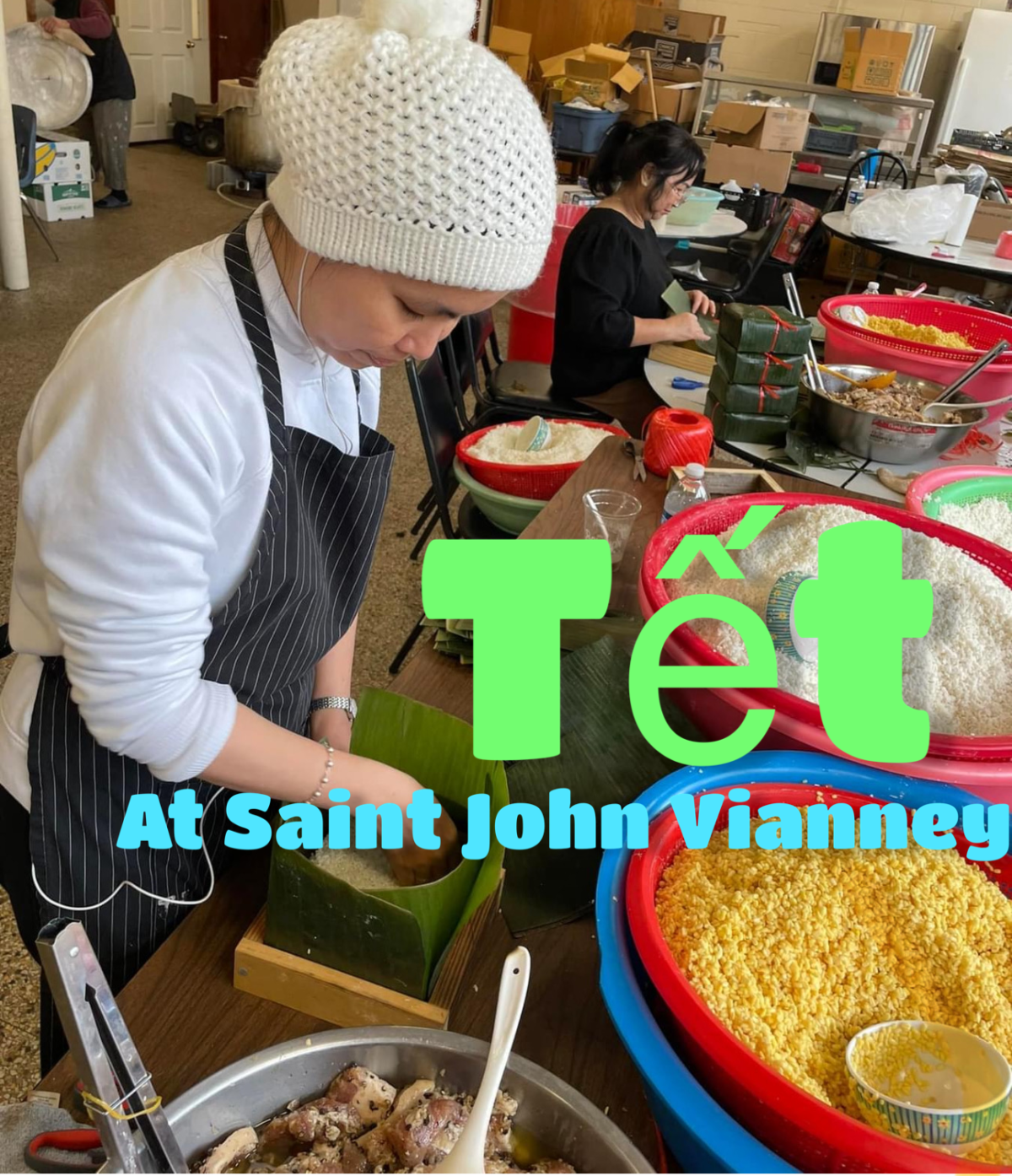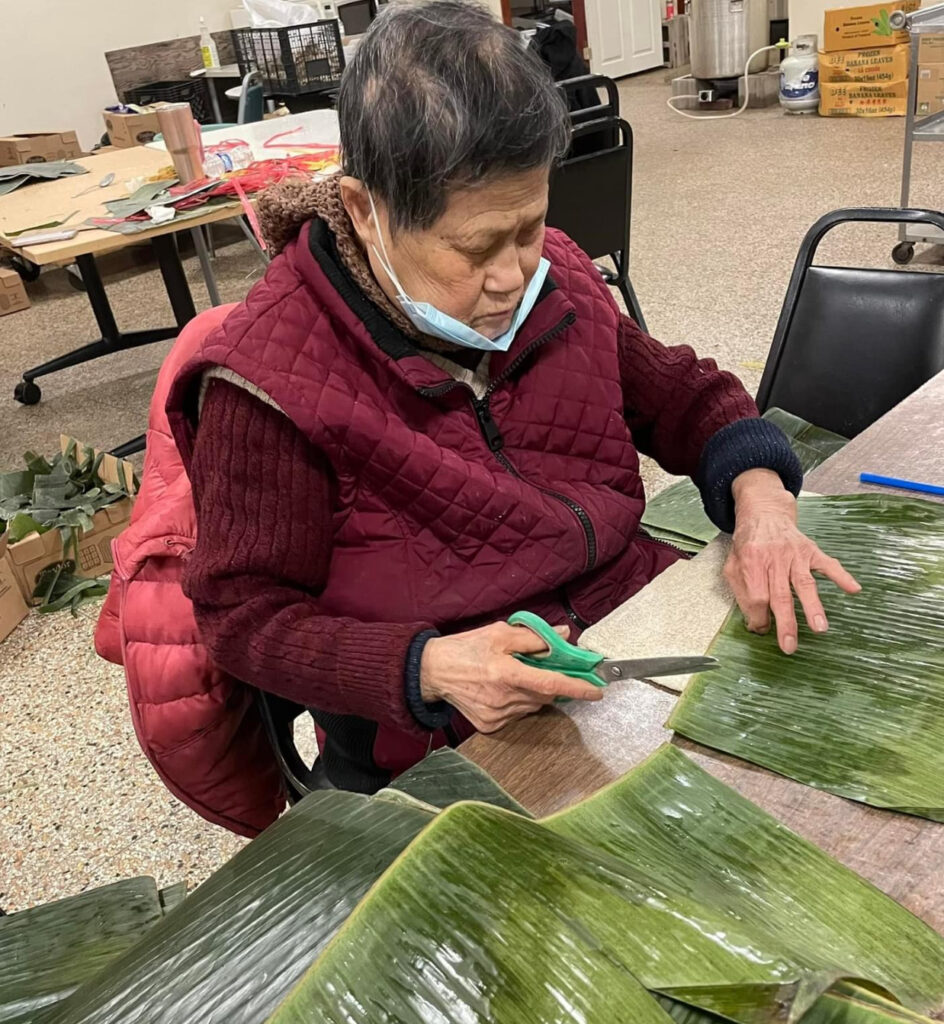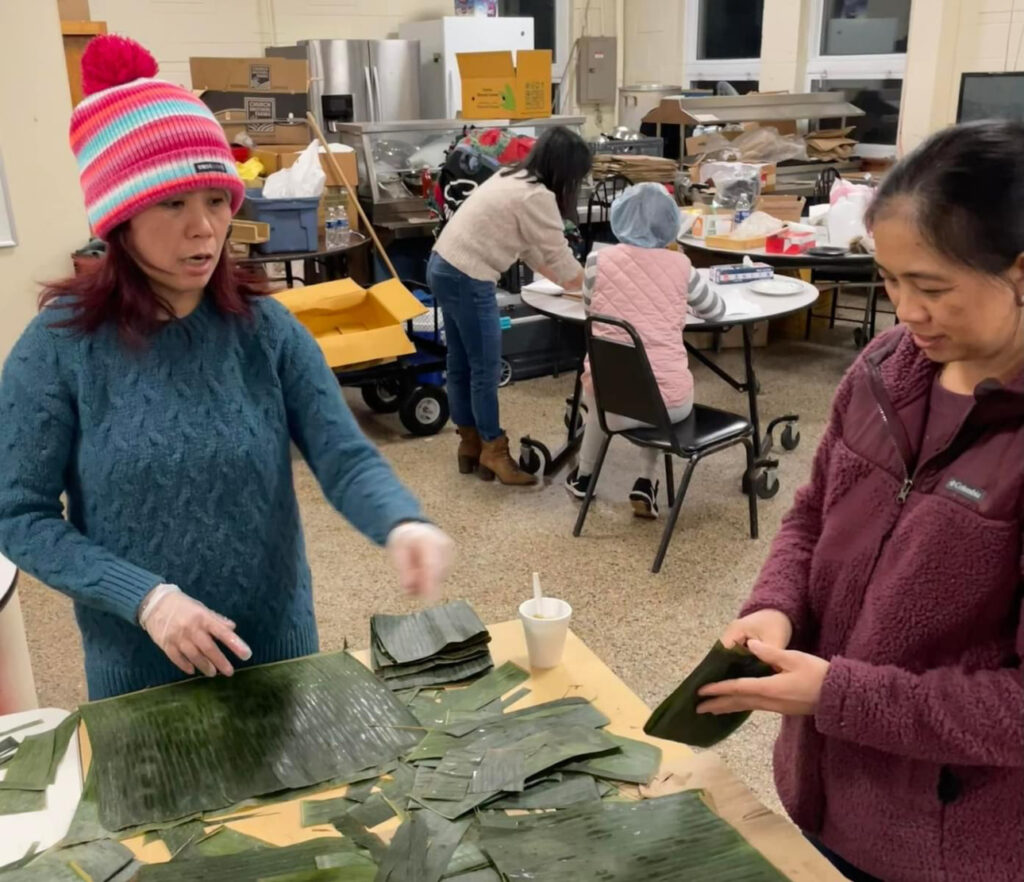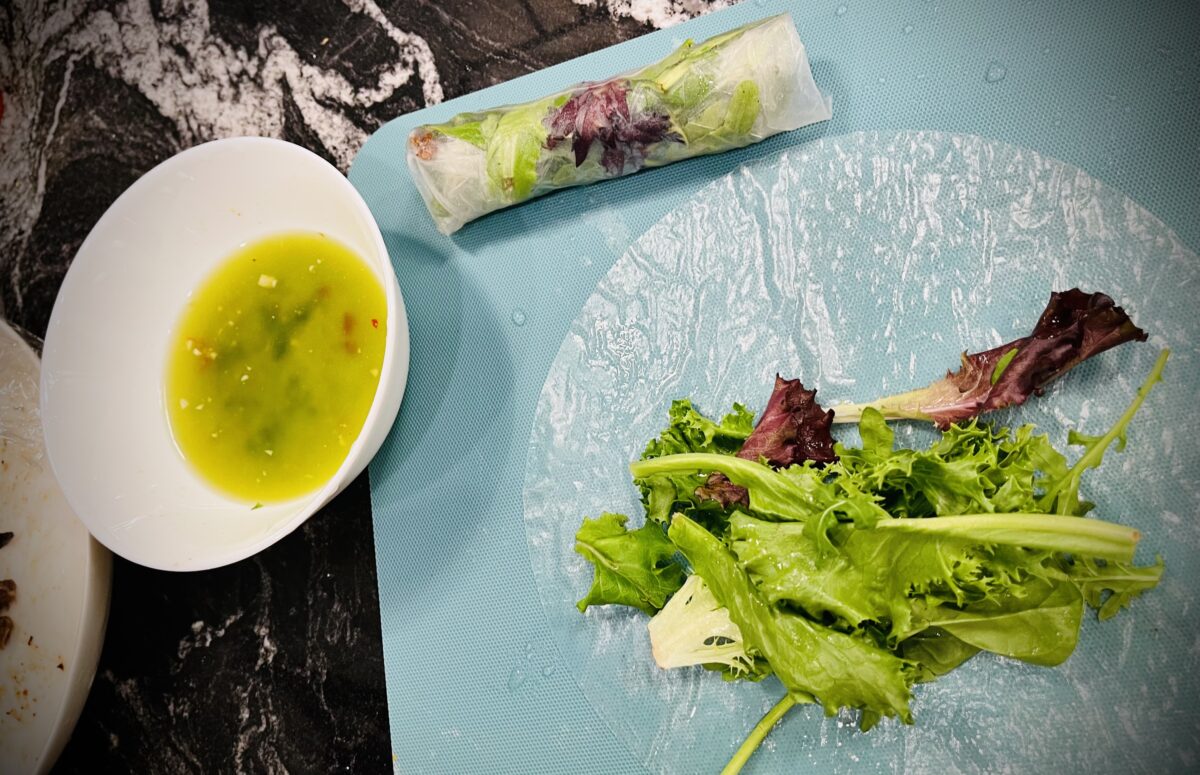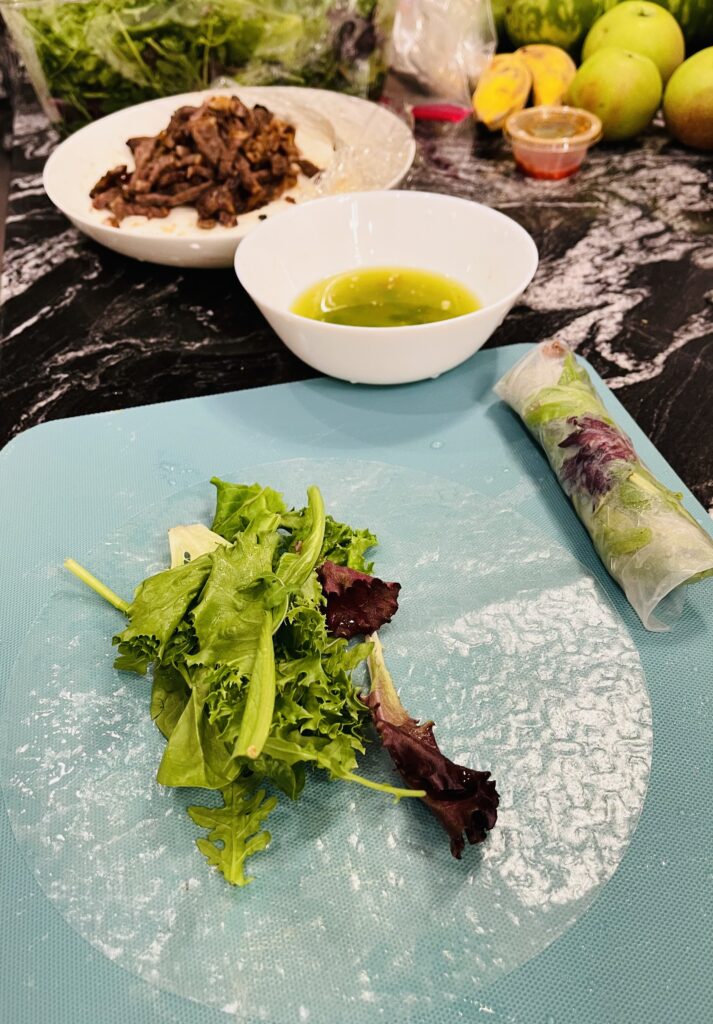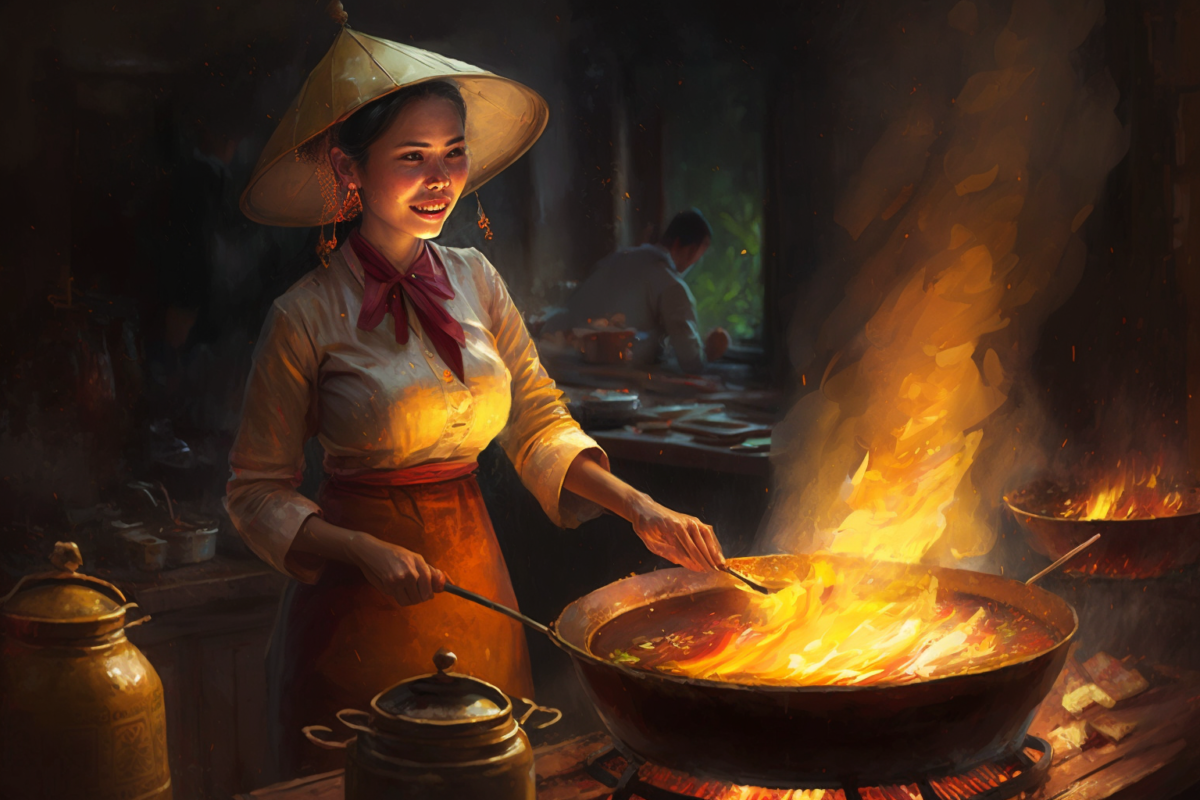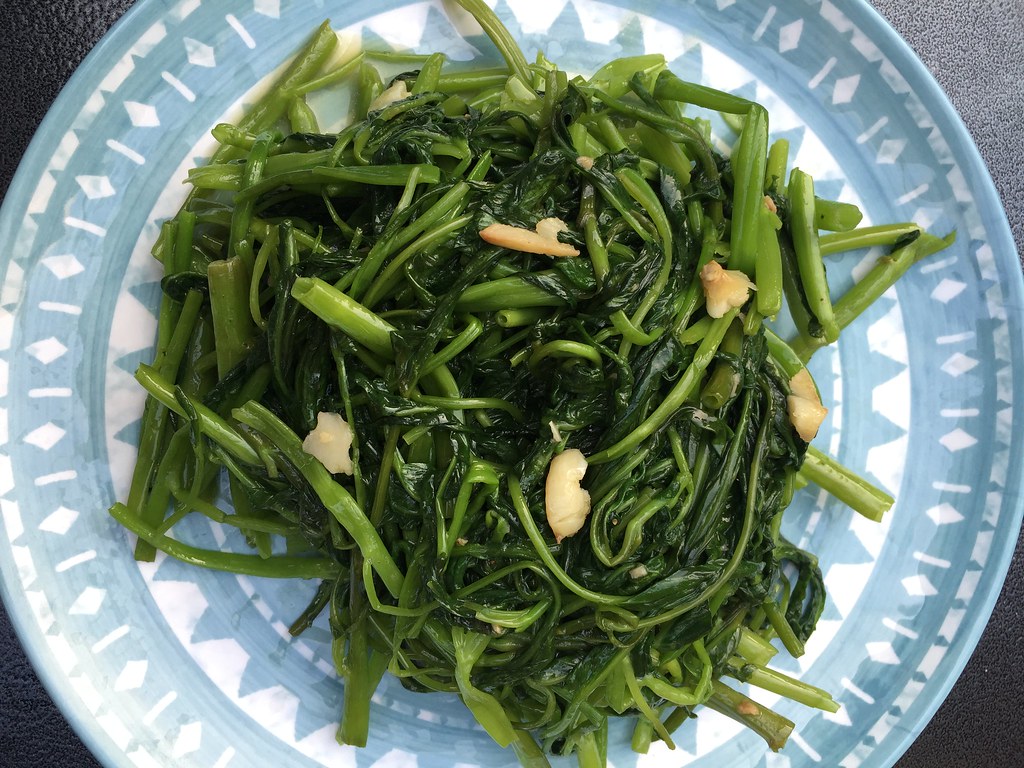Vietnam, a country rich in culture and history, offers a culinary landscape that is as diverse as its regions. One of the traditional delicacies that stand out is “Bánh Ít Trần,” a humble yet delectable sticky rice dumpling that has been an integral part of Vietnamese cuisine for centuries.
The Origin and History:
The history of Bánh Ít Trần is as sticky and intricate as the dumplings themselves. While the exact origin is not clearly documented, it is believed that these dumplings have been part of Vietnamese food culture since ancient times. The name “Bánh Ít Trần” translates to “naked little cake,” referring to the dumpling’s small size and the fact that it is not wrapped in a leaf, unlike many other traditional Vietnamese dumplings.
Cultural Significance:
Bánh Ít Trần is not just a treat; it’s a symbol of simplicity and humility in Vietnamese culture. Often associated with the countryside and traditional festivals, these dumplings are a reminder of the agrarian roots of the nation. They are particularly popular during the Lunar New Year (Tết) and the Mid-Autumn Festival, where they are enjoyed as a symbol of togetherness and family bonding.
Ingredients and Preparation:
The dumplings are made from glutinous rice flour, which gives them their signature sticky and chewy texture. The dough is typically filled with a sweet mung bean paste or a savory mixture of minced pork, shrimp, and various seasonings. Once filled, the dumplings are shaped into small, round balls and steamed until cooked.
The art of making Bánh Ít Trần is passed down through generations, with each family adding its unique twist to the recipe. The key to perfecting these dumplings lies in the balance of flavors and the texture of the dough.
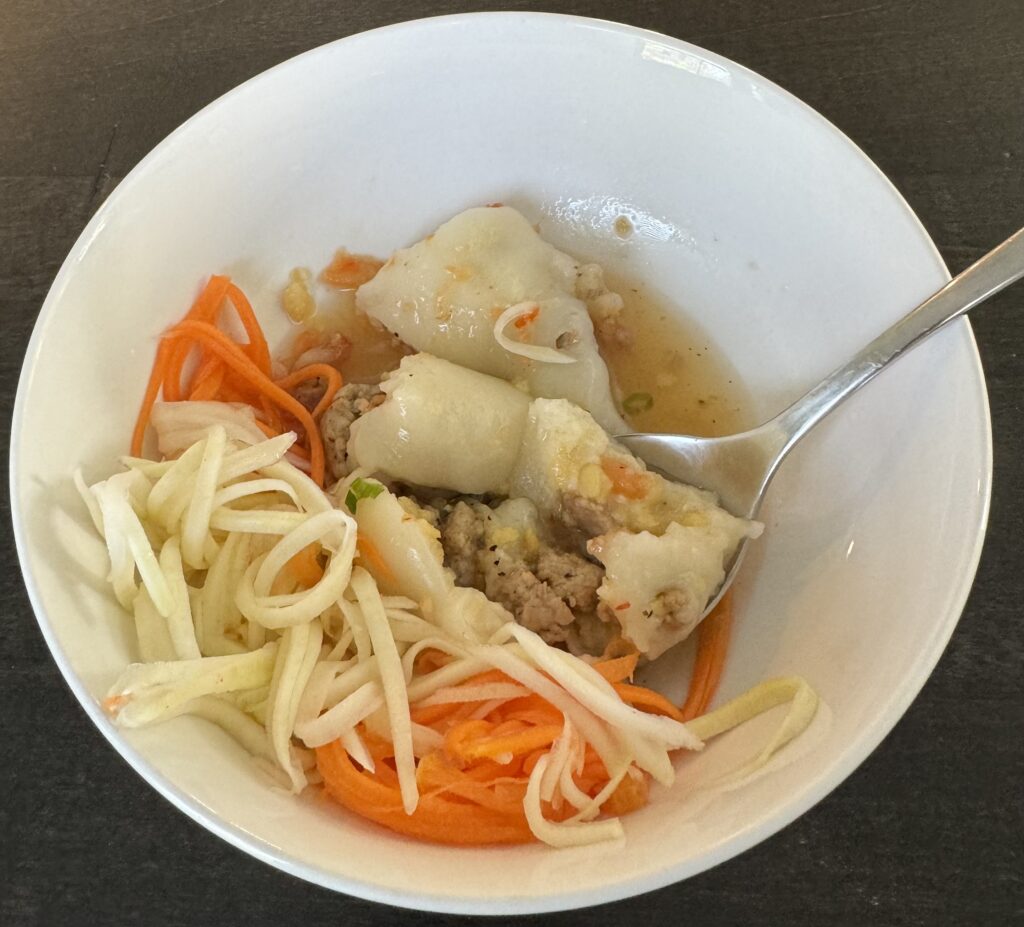
How It’s Eaten:
Bánh Ít Trần can be enjoyed as a snack, a dessert, or even as a light meal. They are often served with a side of sweet and spicy fish sauce or a sprinkling of sugar for an extra burst of flavor. The combination of the sticky rice dough and the rich filling makes for a delightful taste experience that is both comforting and satisfying.
In Conclusion:
Bánh Ít Trần is more than just a food item; it’s a piece of Vietnamese heritage. Its simplicity, combined with its rich history and cultural significance, makes it a beloved treat among locals and visitors alike. Whether enjoyed during a festive celebration or as a daily snack, Bánh Ít Trần continues to be a cherished part of Vietnam’s culinary tradition.

